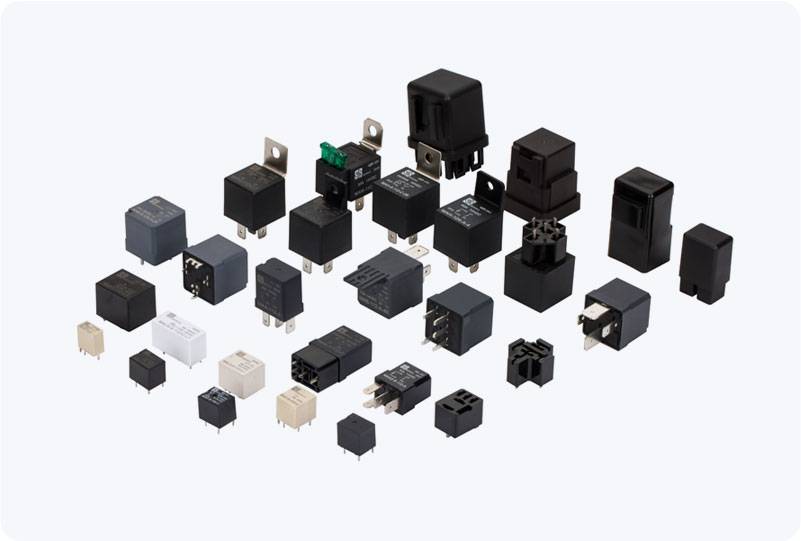The starter motor relay is a crucial component in a vehicle’s starting system. It acts as an electrical switch that controls the flow of current from the battery to the starter motor, ensuring that the engine starts efficiently and safely. Without this small yet vital relay, the vehicle may fail to start, leaving the driver stranded. In this article, we will explore the function, operation, common issues, and maintenance of the starter motor relay, shedding light on its importance in modern automotive systems.

What is a Starter Motor Relay? A starter motor relay is an electromagnetic switch that is responsible for activating the starter motor when you turn the ignition key. The starter motor is a high-power device that requires a large current to operate, but the vehicle’s ignition system and key switch are typically designed to handle only low-voltage, low-current signals. This is where the relay comes in. It bridges the gap by using a small amount of electrical current to control the large current needed by the starter motor. The relay works by utilizing an electromagnet to close the circuit and allow current to flow from the battery to the starter motor. When the ignition key is turned, the relay receives a signal and activates. This sends power to the starter motor, which in turn engages the engine and starts the vehicle.